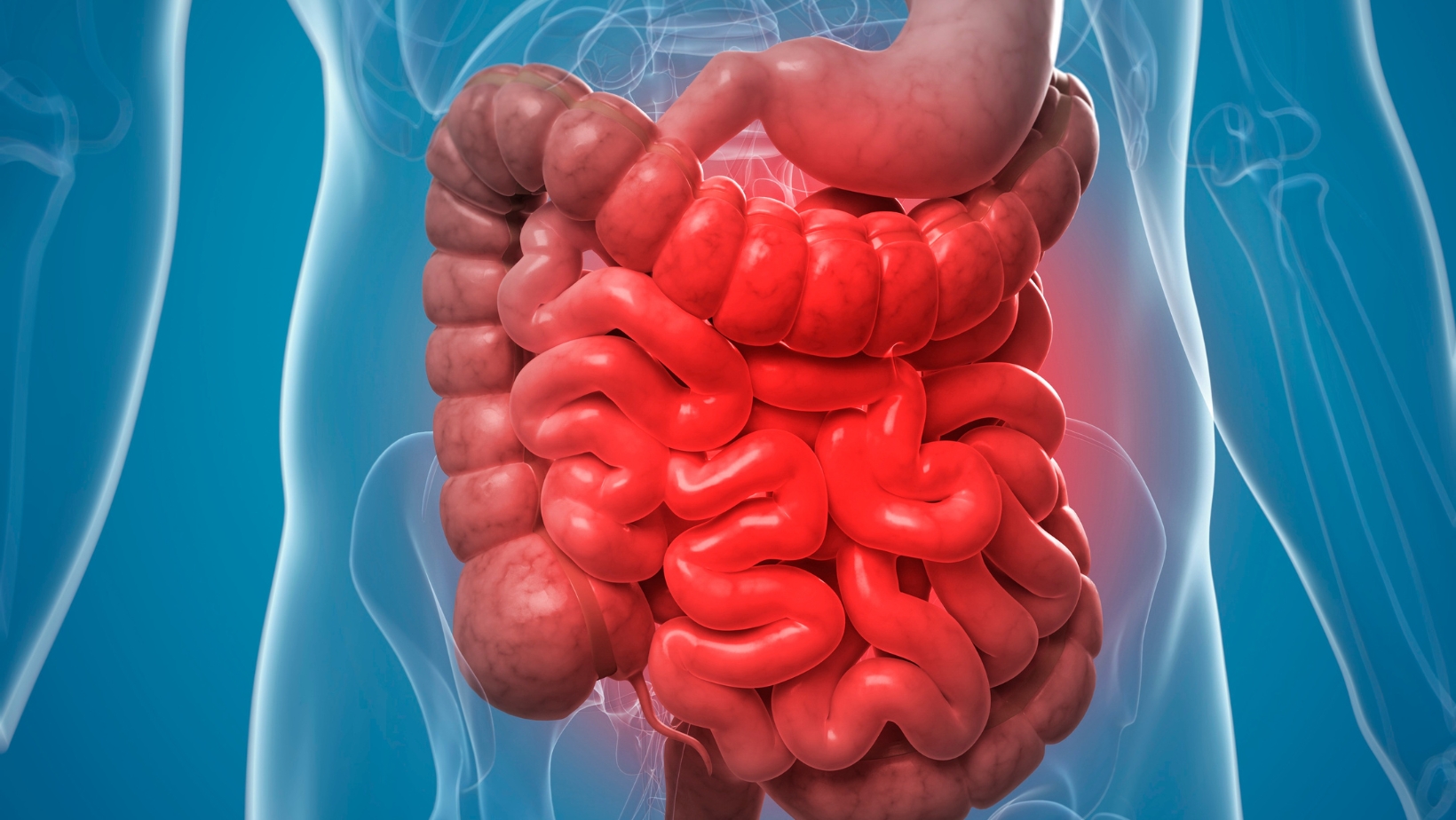Chronic Abdominal Pain: When to Seek Medical Advice
Chronic abdominal pain can significantly impact your quality of life, causing persistent discomfort and worry. Understanding when to seek medical advice is crucial for effective diagnosis and treatment. In this blog, we will discuss the signs and symptoms of chronic abdominal pain that require medical attention, with a specific focus on recognizing chronic appendicitis symptoms.
Understanding Chronic Abdominal Pain
Chronic abdominal pain is defined as pain that persists for more than three months. It can be constant or intermittent, mild or severe, and can arise from various underlying conditions. Identifying the cause of chronic abdominal pain is essential for effective management and treatment.
Common Causes of Chronic Abdominal Pain
Several conditions can cause chronic abdominal pain. Here are some of the most common causes:
1. Irritable Bowel Syndrome (IBS)
IBS is a chronic condition affecting the large intestine, leading to symptoms such as abdominal pain, bloating, and changes in bowel habits.
Symptoms:
- Cramping
- Abdominal pain
- Bloating
- Diarrhea or constipation
2. Inflammatory Bowel Disease (IBD)
IBD, which includes Crohn’s disease and ulcerative colitis, causes chronic inflammation of the gastrointestinal tract.
Symptoms:
- Severe diarrhea
- Abdominal pain and cramping
- Blood in the stool
- Fatigue
- Weight loss
3. Peptic Ulcers
Peptic ulcers are sores that develop on the lining of the stomach, small intestine, or esophagus due to the action of stomach acid.
Symptoms:
- Burning stomach pain
- Bloating
- Belching
- Nausea
4. Chronic Pancreatitis
Chronic pancreatitis is a long-term inflammation of the pancreas that impairs its ability to function properly.
Symptoms:
- Upper abdominal pain that radiates to the back
- Pain that worsens after eating
- Nausea or vomiting
- Weight loss
5. Gallstones
Gallstones are hardened deposits of digestive fluid that can form in the gallbladder, causing severe pain when they block the bile ducts.
Symptoms:
- Sudden and intense pain in the upper right abdomen
- Pain between the shoulder blades
- Nausea or vomiting
Chronic Appendicitis Symptoms
Chronic appendicitis is a less common form of appendicitis where the appendix becomes inflamed over an extended period, causing recurrent pain and discomfort. Recognizing chronic appendicitis symptoms is crucial for timely diagnosis and treatment.
Chronic Appendicitis Symptoms:
- Persistent lower right abdominal pain
- Pain that comes and goes
- Mild fever
- Nausea or vomiting
- Loss of appetite
For more detailed information on chronic appendicitis symptoms, visit Recognizing Chronic Appendicitis Symptoms Effectively.
When to Seek Medical Advice for Chronic Abdominal Pain
It is essential to know when to seek medical advice for chronic abdominal pain to prevent complications and ensure proper treatment. Here are some signs and symptoms that warrant medical attention:
1. Severe or Worsening Pain
If you experience severe or progressively worsening abdominal pain, seek medical advice immediately. Severe pain can indicate a serious underlying condition that requires prompt intervention.
2. Pain Accompanied by Fever
A fever alongside chronic abdominal pain can signal an infection or inflammation, such as appendicitis, diverticulitis, or a urinary tract infection. Medical evaluation is necessary to determine the cause and appropriate treatment.
3. Significant Changes in Bowel Habits
Persistent changes in bowel habits, such as chronic diarrhea, constipation, or blood in the stool, can indicate conditions like IBS, IBD, or colorectal cancer. It is important to consult a healthcare professional to identify the cause and receive proper treatment.
4. Unintentional Weight Loss
Unexplained weight loss alongside chronic abdominal pain can be a sign of a more serious underlying condition, such as cancer, chronic infections, or malabsorption disorders. Seek medical advice to determine the cause and appropriate intervention.
5. Persistent Nausea or Vomiting
Continuous nausea or vomiting that does not improve can indicate gastrointestinal obstruction, peptic ulcers, or other serious conditions. Medical evaluation is necessary to identify the cause and receive appropriate treatment.
6. Jaundice
Yellowing of the skin and eyes (jaundice) suggests liver or gallbladder issues, such as hepatitis, gallstones, or liver disease. Seek medical attention immediately if you notice signs of jaundice.
7. Abdominal Swelling or Tenderness
Abdominal swelling or tenderness can indicate fluid buildup, inflammation, or organ enlargement, necessitating medical attention. These symptoms can be associated with conditions such as ascites, liver disease, or tumors.
Diagnosing Chronic Abdominal Pain
Proper diagnosis of chronic abdominal pain involves a comprehensive approach, including medical history, physical examination, and diagnostic tests. Here are some common diagnostic methods:
1. Medical History
- Symptom Onset and Duration: Understanding when symptoms started and how long they have lasted.
- Symptom Characteristics: Describing the nature of the symptoms (sharp, dull, cramping).
- Associated Symptoms: Noting any other symptoms accompanying the primary complaint.
2. Physical Examination
- Palpation: Feeling the abdomen to check for tenderness, swelling, or masses.
- Auscultation: Listening to bowel sounds with a stethoscope.
- Percussion: Tapping on the abdomen to detect fluid or air accumulation.
3. Diagnostic Tests
- Blood Tests: Checking for signs of infection, inflammation, or organ function.
- Imaging Studies: Ultrasound, CT scan, or MRI to visualize internal organs.
- Endoscopy: Examining the digestive tract with a flexible tube and camera.
- Stool Tests: Detecting infections, blood, or digestive issues.
Treatment Options
Treatment for chronic abdominal pain depends on the underlying cause. Here are some common treatment approaches:
1. Medications
- Antacids and Proton Pump Inhibitors: For GERD and peptic ulcers.
- Anti-inflammatory Drugs: To reduce inflammation in conditions like IBD.
- Antibiotics: To treat bacterial infections.
- Immunosuppressants: For autoimmune disorders like Crohn’s disease and ulcerative colitis.
2. Lifestyle Changes
- Dietary Modifications: Avoiding trigger foods, eating smaller meals, and staying hydrated.
- Stress Management: Techniques like meditation, yoga, or therapy to reduce stress-related symptoms.
- Regular Exercise: Improving digestion and overall health.
3. Surgical Interventions
- Appendectomy: Removal of the appendix in cases of chronic or acute appendicitis.
- Cholecystectomy: Removal of the gallbladder for gallstones.
- Bowel Resection: Removal of damaged sections of the intestine in severe cases of IBD or cancer.
Preventing Chronic Abdominal Pain
Preventing chronic abdominal pain involves adopting healthy lifestyle habits and seeking medical attention for persistent symptoms. Here are some tips to help prevent chronic abdominal pain:
- Maintain a Healthy Diet: Eat a balanced diet rich in fruits, vegetables, and whole grains. Avoid trigger foods that can cause digestive issues.
- Stay Hydrated: Drink plenty of water throughout the day to support digestion and prevent constipation.
- Exercise Regularly: Engage in regular physical activity to promote healthy digestion and overall well-being.
- Manage Stress: Practice stress-reducing techniques such as meditation, yoga, or deep breathing exercises to minimize the impact of stress on your digestive system.
- Avoid Smoking and Excessive Alcohol Consumption: Smoking and excessive alcohol intake can irritate the digestive tract and lead to chronic abdominal pain.
Conclusion
Chronic abdominal pain can be a sign of various underlying conditions, some of which require prompt medical attention. Recognizing the signs and symptoms that warrant medical advice is crucial for effective diagnosis and treatment. Understanding chronic appendicitis symptoms and other common causes of chronic abdominal pain can help you seek timely medical care and improve your overall health. If you experience persistent or severe abdominal pain, consult a healthcare professional for proper evaluation and treatment.

For more information on chronic appendicitis symptoms, visit Recognizing Chronic Appendicitis Symptoms Effectively.
Additional Resources
Stay informed about chronic abdominal pain and related conditions by exploring additional resources and seeking professional advice when necessary. Understanding and addressing the underlying causes of abdominal pain can lead to better overall health and well-being.






